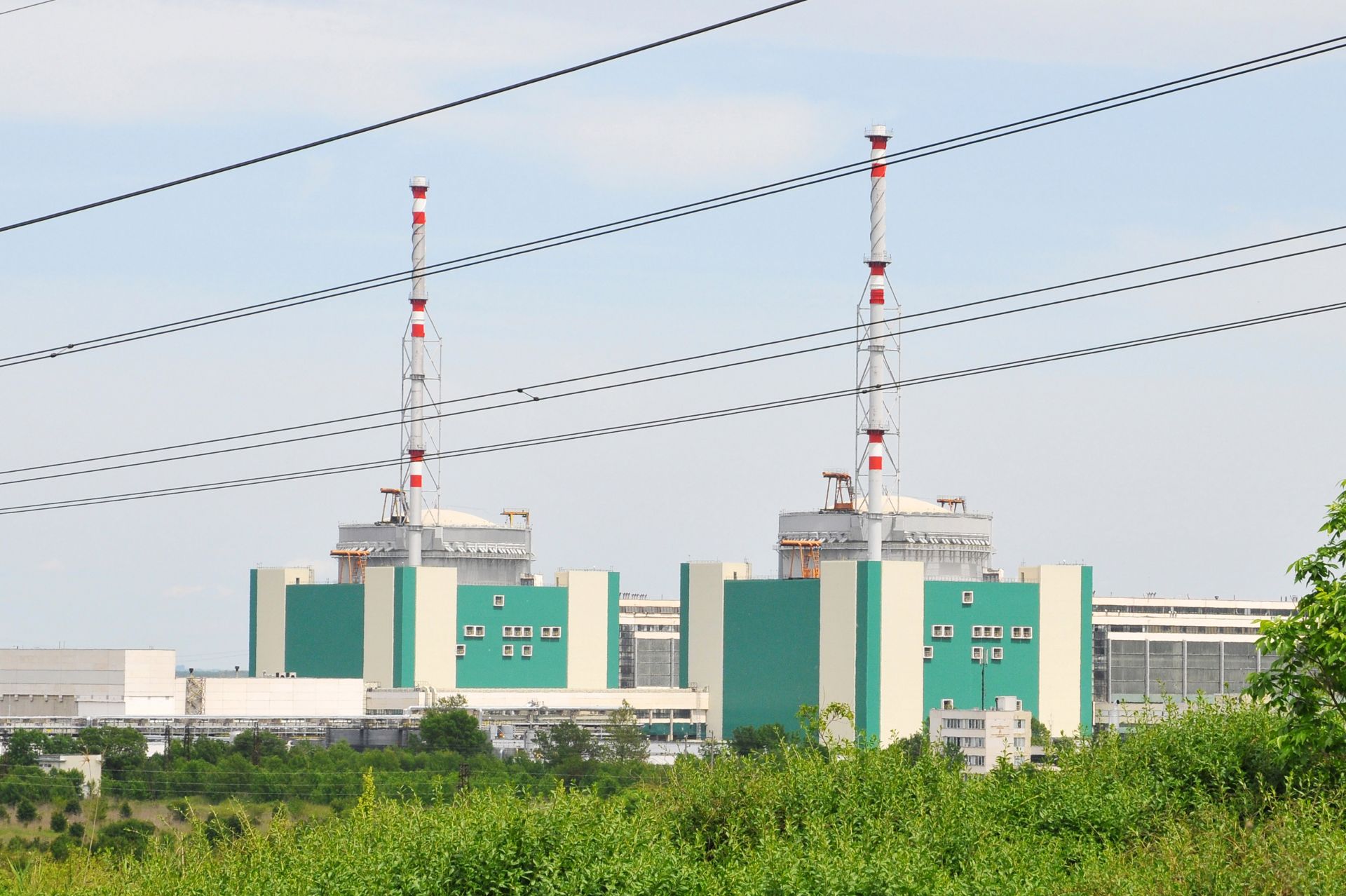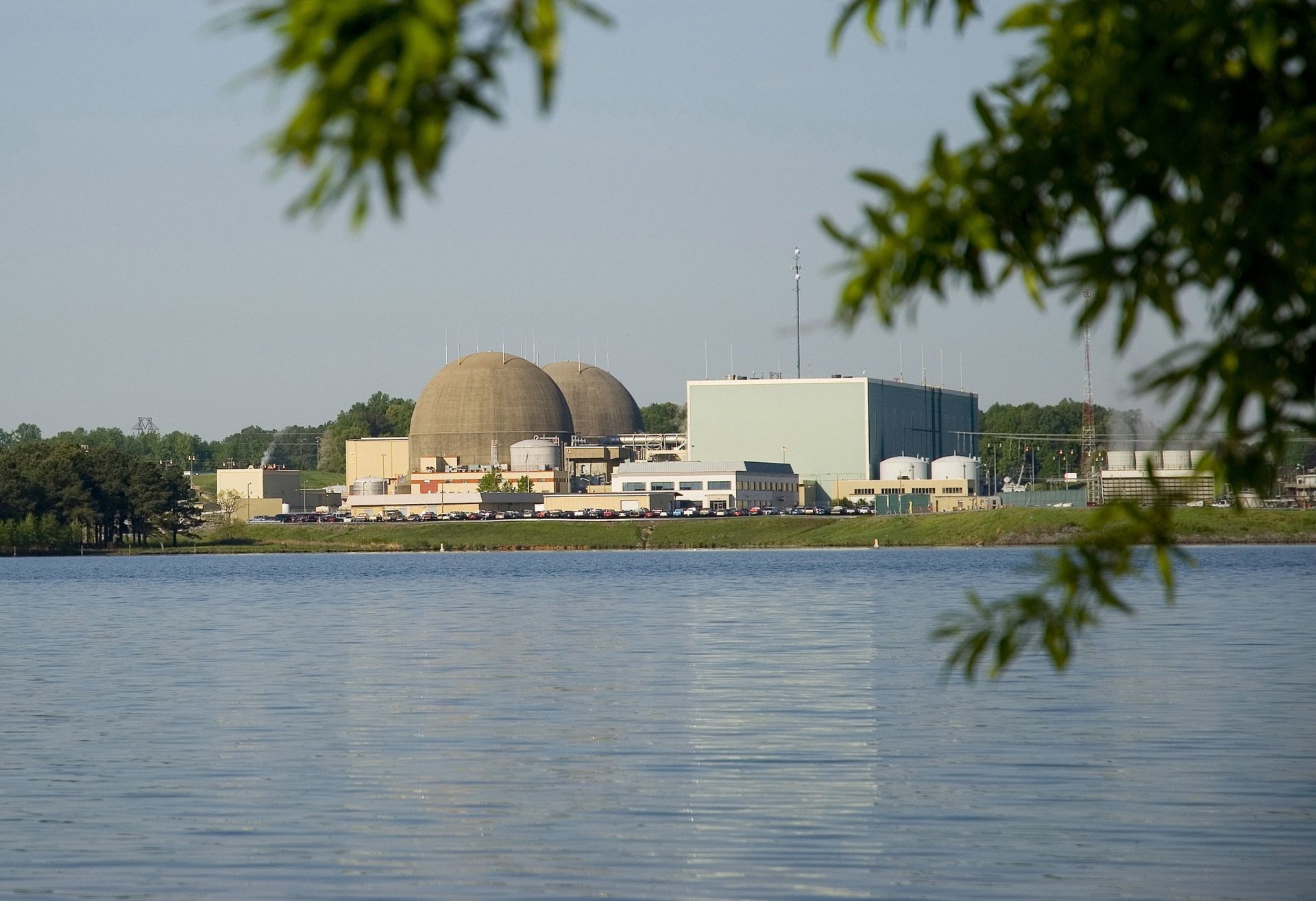The Department of Energy’s National Nuclear Security Administration will hold two virtual public meetings on a new environmental impact statement for its Surplus Plutonium Disposition Program (SPDP). The meetings will be held on Monday, January 25, from 5 p.m. to 9 p.m. (ET) and Tuesday, January 26, from 7 p.m. to 11 p.m. (ET). Participants can join by computer, telephone, or other device. A Notice of Intent contains a full description of the proposal and other options for providing public comment until February 1.
The program: The SPDP EIS will analyze alternatives for the disposition of 34 metric tons of surplus plutonium using the capabilities at multiple sites across the United States. The NNSA’s preferred alternative, the dilute and dispose approach (also known as plutonium downblending), includes converting pit and non-pit plutonium to oxide, blending the oxidized plutonium with an adulterant, and emplacing the resulting transuranic waste underground in the Waste Isolation Pilot Plant (WIPP), in New Mexico. The approach would require new, modified, or existing capabilities at the Savannah River Site in South Carolina, Los Alamos National Laboratory in New Mexico, the Pantex Plant in Texas, and WIPP.



 Five former chairmen of the U.S. Nuclear Regulatory Commission—Stephen Burns, Allison Macfarlane, Nils Diaz, Richard Meserve, and Dale Klein—
Five former chairmen of the U.S. Nuclear Regulatory Commission—Stephen Burns, Allison Macfarlane, Nils Diaz, Richard Meserve, and Dale Klein—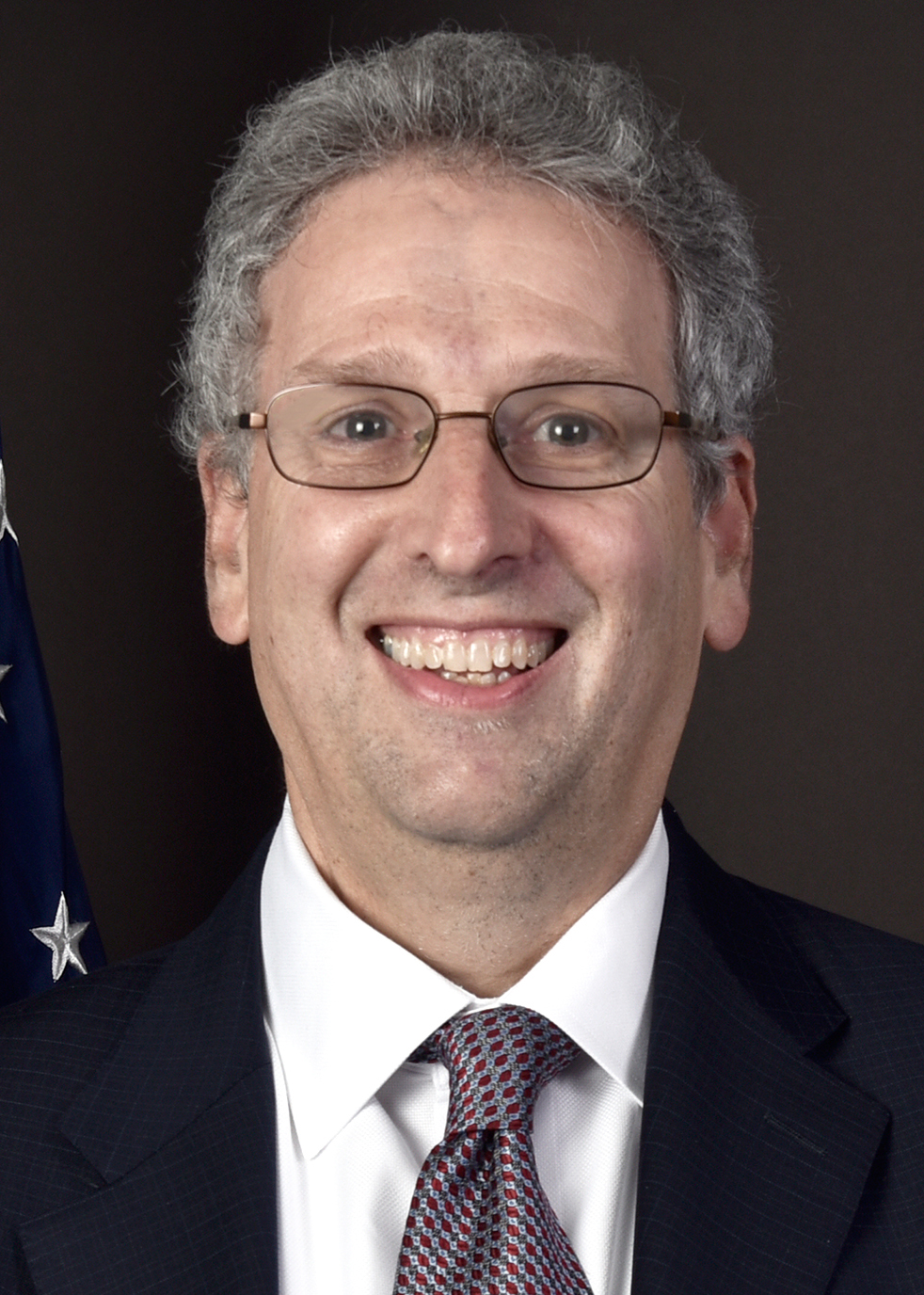
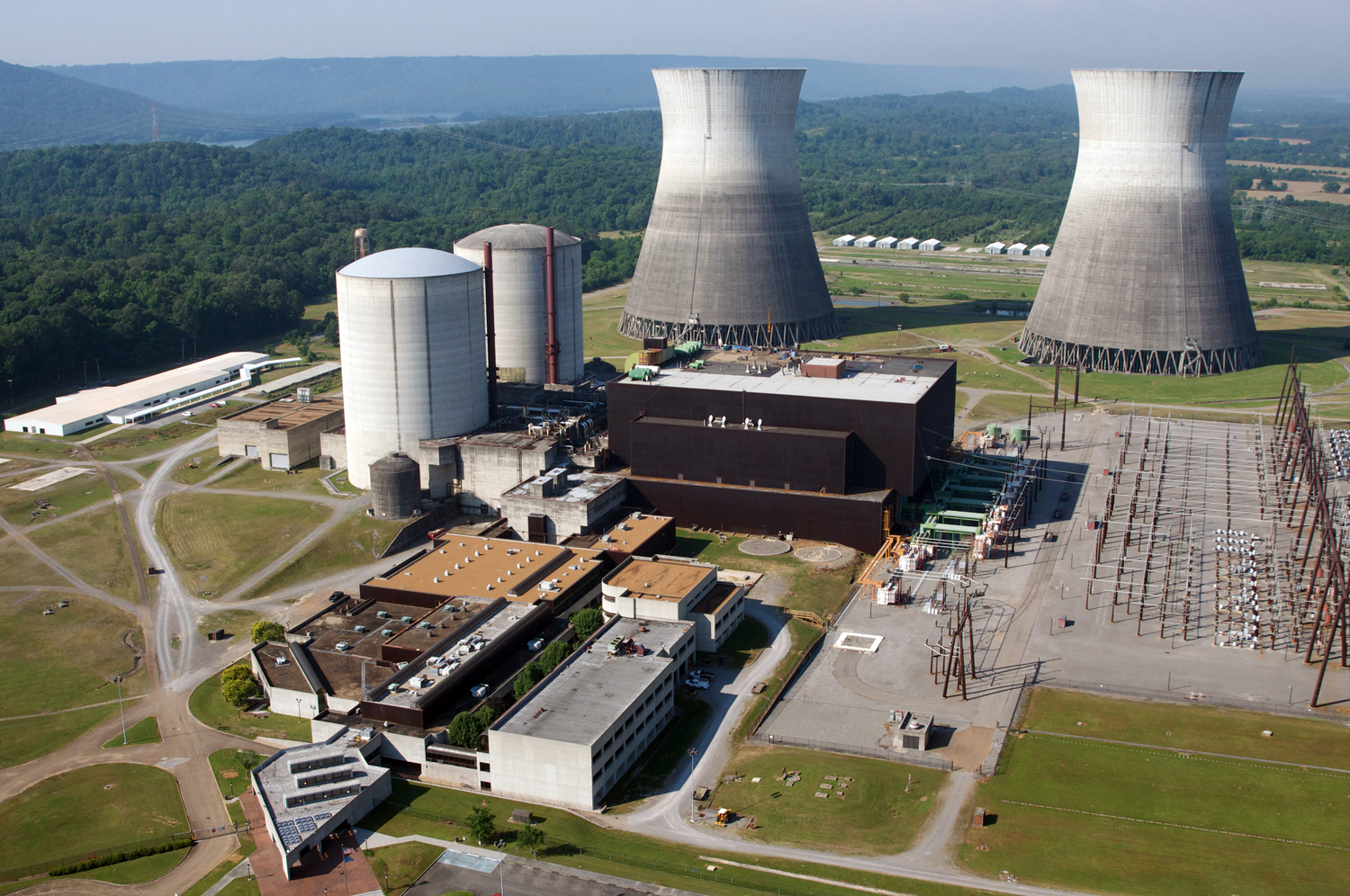
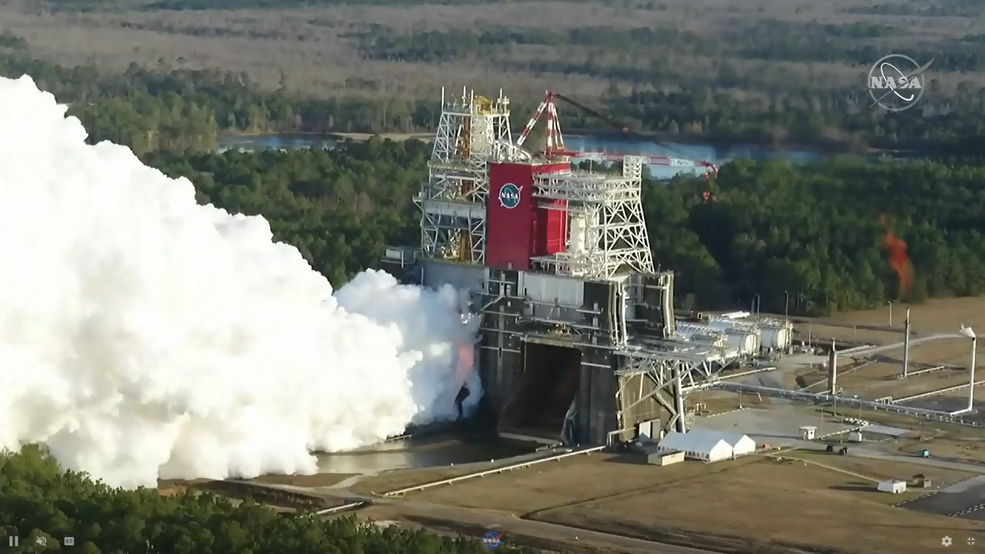
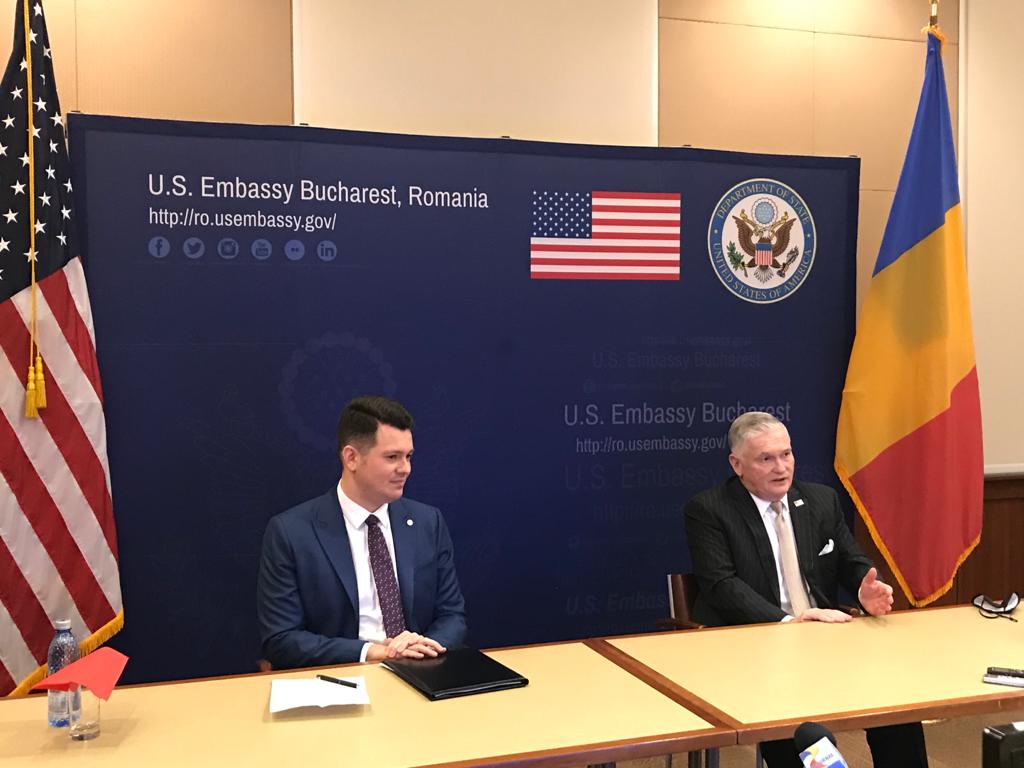



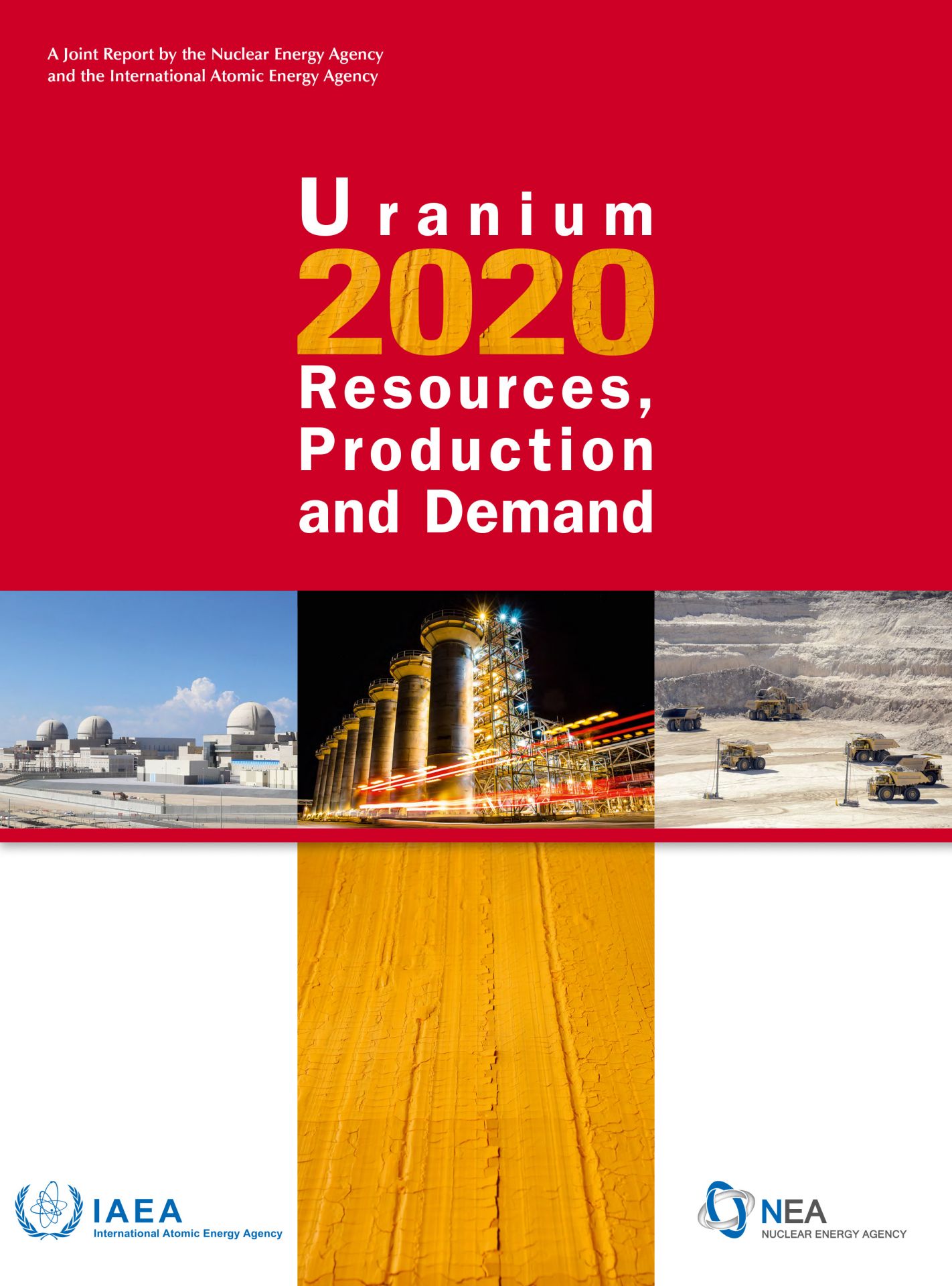 Adequate uranium resources exist to support the long-term, sustainable use of nuclear energy for low-carbon electricity generation, as well as for other applications, including hydrogen production. That assessment is contained in the latest (28th) edition of
Adequate uranium resources exist to support the long-term, sustainable use of nuclear energy for low-carbon electricity generation, as well as for other applications, including hydrogen production. That assessment is contained in the latest (28th) edition of 
